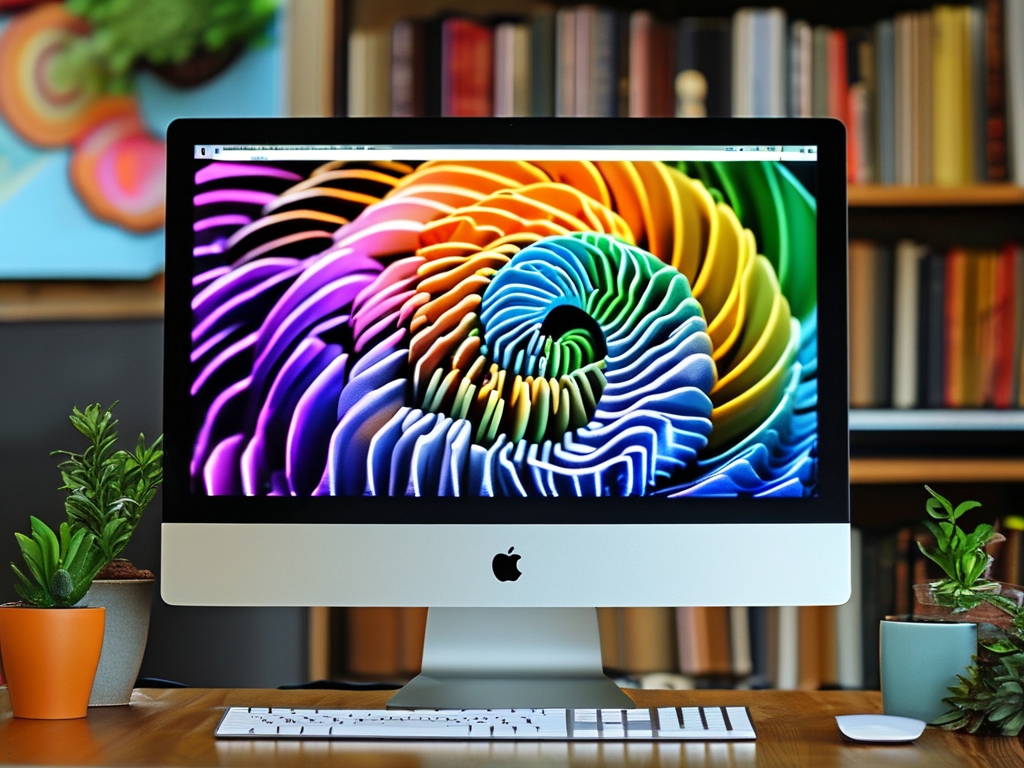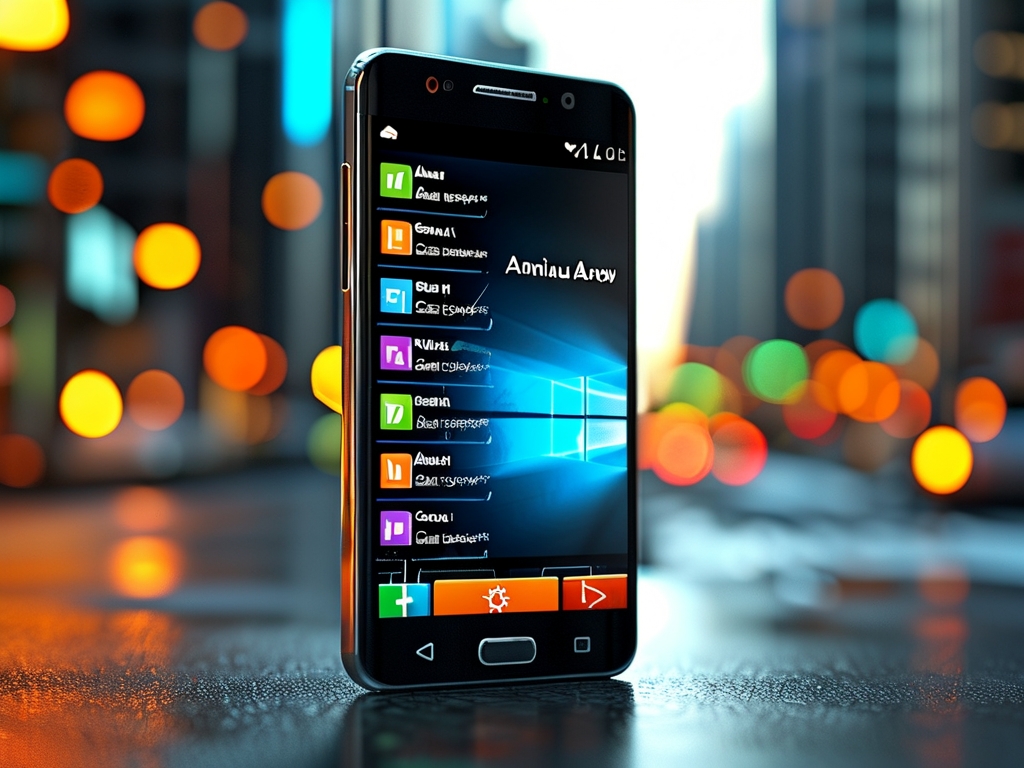In the ever-evolving landscape of computer technology, the question of whether 16GB of RAM is sufficient remains a hot topic. This article explores real-world scenarios, technical benchmarks, and practical considerations to help users determine if this memory capacity aligns with their computing demands.

Understanding RAM’s Role in Modern Systems
Random Access Memory (RAM) acts as a temporary workspace for active applications and processes. Unlike storage drives, RAM directly impacts system responsiveness, multitasking efficiency, and software performance. For example, when editing a 4K video file, the system stores temporary project data in RAM for quick access:
# Sample code showing memory allocation check
import psutil
current_memory = psutil.virtual_memory()
print(f"Available RAM: {current_memory.available / (1024**3):.2f} GB")
This code snippet demonstrates how developers might monitor memory usage programmatically.
Everyday Computing: More Than Enough
For standard tasks like web browsing, document editing, and media consumption, 16GB proves more than adequate. Testing reveals that a typical office workflow—with 15 Chrome tabs, a word processor, and background antivirus software—consumes approximately 6-8GB. Users in this category could potentially even downgrade to 8GB without noticeable performance loss.
Content Creation: The Gray Area
Creative professionals face variable demands. While basic photo editing in Photoshop functions smoothly with 16GB, complex 3D rendering or 8K video production often benefits from 32GB or higher. A recent case study showed that compiling large codebases in Android Studio consumed 14GB of RAM, leaving minimal headroom for other applications.
Gaming: Resolution Matters
Modern AAA titles present an interesting dichotomy. Games like Cyberpunk 2077 recommend 16GB for 1440p gameplay, but mod-heavy installations or simultaneous streaming setups may push requirements higher. Benchmark tests indicate that memory allocation scales dramatically with texture quality settings:
- Ultra textures at 4K: 12-14GB utilization
- Medium textures at 1080p: 8-10GB utilization
Future-Proofing Considerations
Industry trends suggest gradual increases in baseline memory requirements. The upcoming Windows 12 reportedly optimizes memory management differently, potentially altering current usage patterns. However, DDR5 technology’s improved bandwidth might offset some capacity needs through faster data transfer rates.
Upgrade Economics
For desktop users, adding RAM remains relatively inexpensive compared to other components. Laptop owners face greater constraints due to soldered memory in many modern ultrabooks. A cost-benefit analysis often reveals that upgrading from 16GB to 32GB makes less financial sense than improving GPU capabilities for most users.
Alternative Optimization Strategies
Software solutions can maximize 16GB efficiency:
- Browser extensions that suspend inactive tabs
- Virtual memory optimization in system settings
- Scheduled reboots to clear memory leaks
- Dedicated hardware acceleration for specific tasks
The Verdict
While 16GB currently serves most users effectively, power users and early adopters should consider higher capacities. The decision ultimately hinges on individual workflows, software ecosystems, and planned system longevity. As cloud computing advances, some memory-intensive tasks may shift to remote servers, potentially extending the relevance of 16GB configurations.








